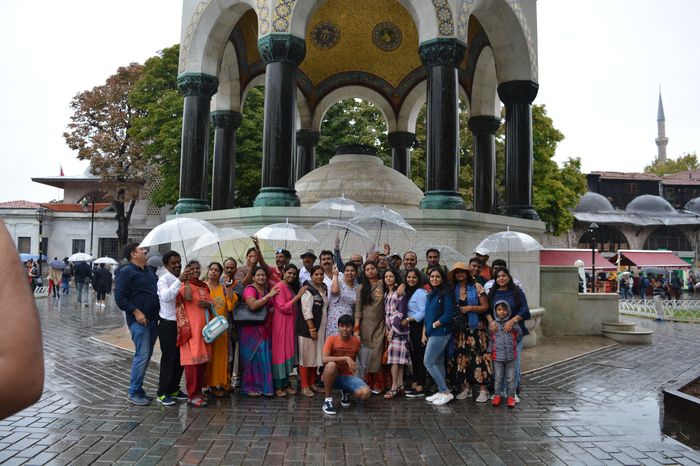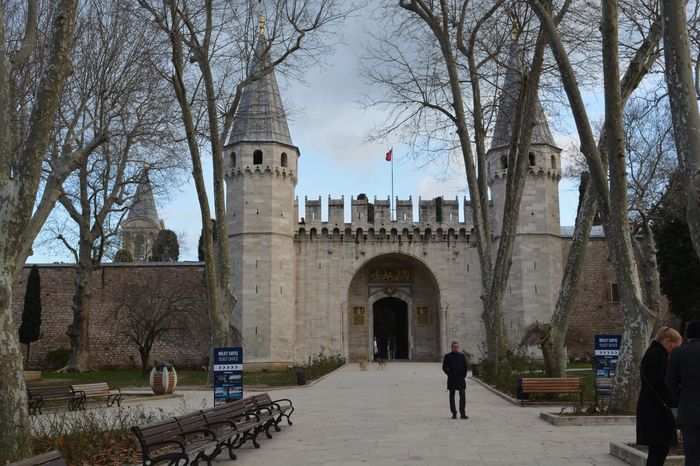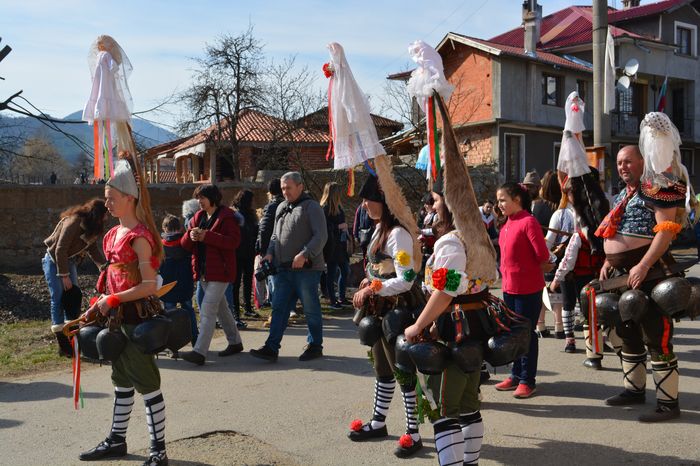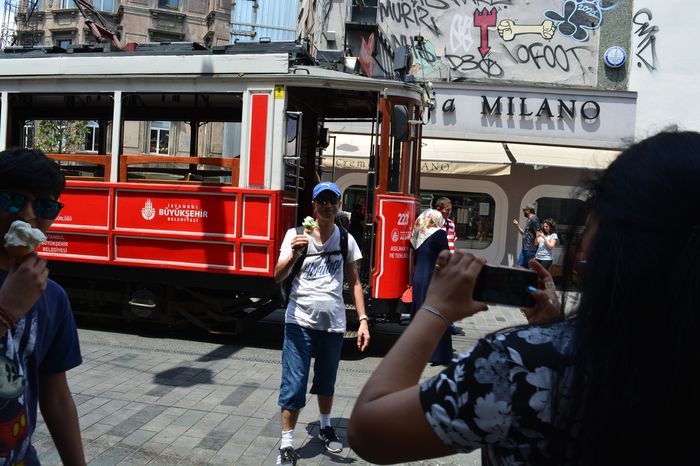Traditional Peasant Attire
In the streets of Belgrade, you’ll encounter peasants dressed in traditional garb, reflecting the region’s rich cultural heritage. Their legs are covered in rough, homemade stockings, often adorned with a red band, while their feet are clad in simple sandals secured with straps across the instep and around the ankle. Peasant women, with plain features and a tendency towards plumpness, wear short petticoats and colorful headscarves.
Vibrant Market Scenes
Market days are bustling affairs, with Belgrade housewives taking charge of their own shopping. As they haggle over prices, a variety of characters roam the crowd. A wandering vendor sings his sales pitch for sweet drinks, while priests of the Servian Church, distinguished by their long black hair, whiskers, and flowing black robes, receive respectful greetings. A policeman, resembling a soldier with a horse pistol at his belt, marches through, followed by an official beating a kettledrum to announce proclamations Private Tours Bulgaria.
Military Presence
Along the dusty country roads, the sound of bugles heralds the arrival of young soldiers marching with a determined stride. Their attire, though worn and dusty, speaks of their dedication to duty. Dark blue forage caps and breeches bear the marks of their journey, while clover or ears of wheat adorn their caps as symbols of luck and abundance. Leading the detachment, the officer, mounted on a fine horse, embodies precision and order amidst the rustic surroundings.









